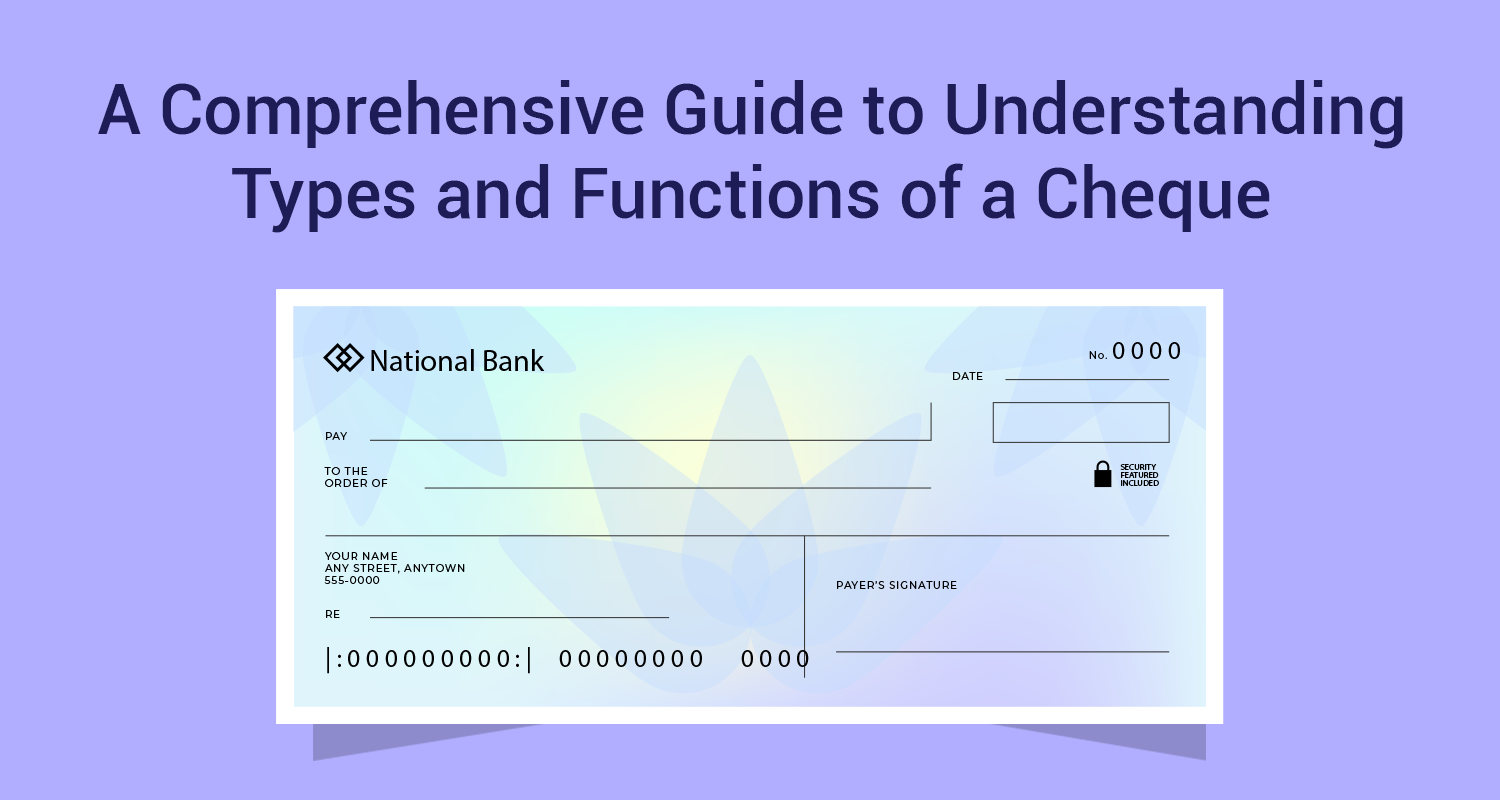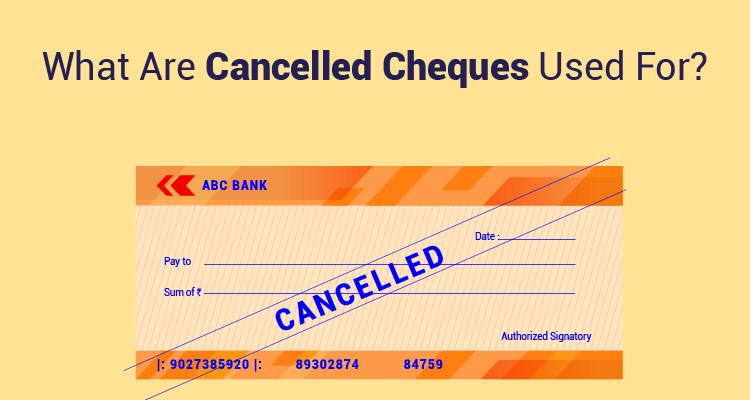What Is The Biggest Mistake That MF Investors / SIP Investors Make?

The biggest mistake that investors in mutual funds and SIPs commit is to invest in a manner that is not aligned with their goals. The idea of mutual fund investing is to move towards their long term and medium-term financial goals. This issue of alignment with goals is not a simple error but has a lot of sub-categories too. Here is what you need to avoid.

Mutual funds are not just about equity funds alone. You have a wide choice that includes debt funds, balanced funds, liquid funds, gold funds etc. Even within the category of these funds there are a lot of granular sub-categories that are available to you. The idea is not to focus overly on equity funds alone. For example, a long-term goal can be best handled by diversified equity funds. But, a medium-term goal is better handled by a debt fund or a balanced fund. Similarly, short-term goals can be handled by liquid funds or ultra short-term funds. Debt brings stability and regular returns to your portfolio. Make the best of it!
Focusing Too Much on Returns and Too Less on RiskWhen investors put money in mutual funds, the focus is too much on returns. Investors are obsessed by returns over a period of time, compared with the index, compared with the peer group etc. While these are essential, you need to focus a lot more on risk than on returns. At the end of the day, you control risk and no returns! Your focus must be on returns per unit of risk. Take an in-depth look at risk-adjusted returns that these funds are providing, with measures like Sharpe and Treynor.
Trying to Time the Market Through SIPs and Lump-sumInvestors are naturally attuned to timing the market. When investing lump-sum in mutual funds they try to catch the bottom of the market, knowing full well that it is a hard task. Even in SIPs, they try to increase the SIP when the market falls and reduce the SIP amount when the markets go up. This type of active management cannot really help you in the long run as in SIP investment time matters more than timing. Focus on discipline and regular investing and wealth creation will follow.
You Do Not Have to Do Everything Yourself; Consult an AdvisorDo it yourself (DIY) investing sounds quite exciting. Also, you have surely read blogs about how Direct Plans give greater returns compared to Regular Plans. As an investor, don't try to do everything yourself. At times in the urge to save costs, you may be losing out on valuable guidance from your financial advisor. There are many algo based DIY software that will allow you to take your own decisions. You can use that as a starting point. It is always better to get customized advice from advisors. They can surely add a little more value beyond what robots can do.
Losing Patience along the WayThis is a cardinal mistake that many investors commit along the way. When you lose patience, you are forced to take short-term decisions that do not get with your long-term goals. In mutual fund investing it is time that works in your favor and not timing. Try to focus on maintaining discipline and keep your patience through the cycles of the market. You get the best returns if you keep patience through the market cycles.
Costs Matter, so Don't Lose Sight of ThemAt the end of the day, costs do matter. This is more so when it comes to debt fund and index funds where even a few basis points of cost saving can make a big difference to your effective returns. The cost must be a key consideration when you are adopting a passive strategy like ETFs, index funds, debt funds etc. Even when you are looking at equity funds, try to focus on the fund with the lowest TER (total expense ratio). As Warren Buffett also commented; costs do make a big difference in the long run to investors.
Diversify but Not Beyond a PointDiversification is all about risk reduction. If all your money is in one or two asset classes then your portfolio returns are vulnerable to that particular theme. That is not a good idea when you are predicating your long-term goals on these investments. But diversification must be done intelligently. If you add the same kind of assets then you are doing risk substitution, not risk reduction. Risk reduction happens up to a certain number of assets. After that risk reduction plateaus!
Disclaimer: The information contained in this post is for general information purposes only. IIFL Finance Limited (including its associates and affiliates) ("the Company") assumes no liability or responsibility for any errors or omissions in the contents of this post and under no circumstances shall the Company be liable for any damage, loss, injury or disappointment etc. suffered by any reader. All information in this post is provided "as is", with no guarantee of completeness, accuracy, timeliness or of the results etc. obtained from the use of this information, and without warranty of any kind, express or implied, including, but not limited to warranties of performance, merchantability and fitness for a particular purpose. Given the changing nature of laws, rules and regulations, there may be delays, omissions or inaccuracies in the information contained in this post. The information on this post is provided with the understanding that the Company is not herein engaged in rendering legal, accounting, tax, or other professional advice and services. As such, it should not be used as a substitute for consultation with professional accounting, tax, legal or other competent advisers. This post may contain views and opinions which are those of the authors and do not necessarily reflect the official policy or position of any other agency or organization. This post may also contain links to external websites that are not provided or maintained by or in any way affiliated with the Company and the Company does not guarantee the accuracy, relevance, timeliness, or completeness of any information on these external websites. Any/ all (Gold/ Personal/ Business) loan product specifications and information that maybe stated in this post are subject to change from time to time, readers are advised to reach out to the Company for current specifications of the said (Gold/ Personal/ Business) loan.



